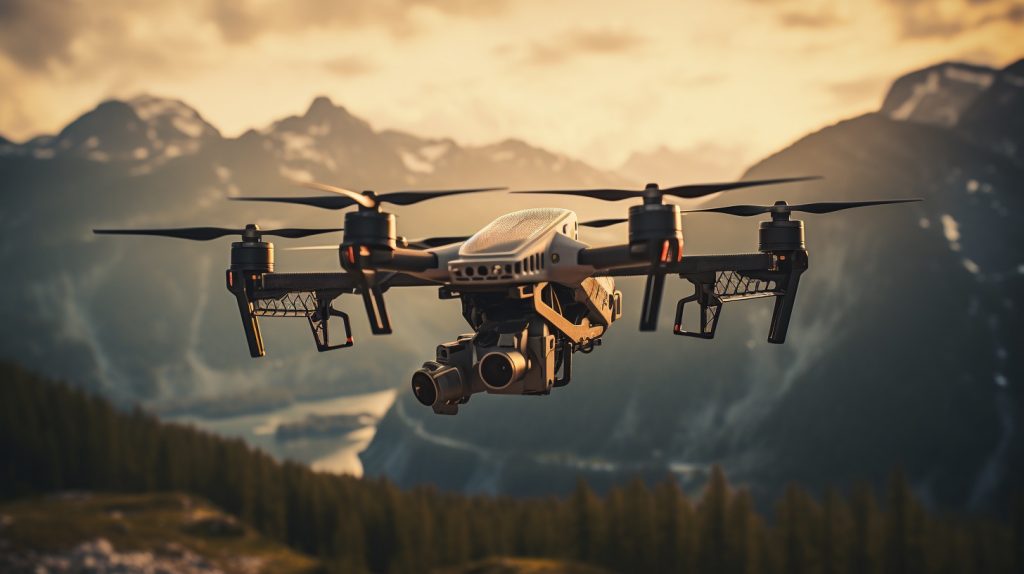Chinese researchers have unveiled a groundbreaking advancement in unmanned aerial vehicle (UAV) technology, introducing a method to empower drones to operate in environments where access to the global positioning system (GPS) is restricted. The innovative technique, outlined in the July edition of Engineering, harnesses “image-based visual servoing” (IBVS) to precisely track and engage targets even in GPS-denied conditions. While the theoretical foundation of this concept dates back to the 1980s, recent improvements in computer processing, algorithms, and camera sensors have finally brought it to fruition.
This approach, which capitalizes on image data to target objects, marks a substantial evolution in the capabilities of UAVs. Although similar principles have been used for object recognition, the integration of IBVS into drones now enables them to navigate, pursue, and potentially neutralize moving targets autonomously. The application of this technology is likely to gain traction in the realm of military drones, especially as electronic warfare tactics become more prevalent.
The integration of artificial intelligence (AI) and autonomous features in drones is increasingly critical as traditional human-controlled drones are susceptible to advanced hacking and jamming techniques. Experts suggest that the days of solely human-operated drones are dwindling, and autonomous systems are poised to take center stage. Peter Singer, a technology and security expert, points out that this innovation could potentially disrupt the conventional paradigm of drone control.
However, questions arise regarding the dissemination of such a significant technological breakthrough by the Chinese Communist Party (CCP). The CCP, known for its strict censorship policies, has allowed certain technical information to reach the global audience, often for strategic purposes. Such publications might enhance the domestic audience’s pride and boost potential third-party buyers’ interest in Chinese military technology.
Information travels continuously in our digitally connected world, defying even the strictest security measures. Singer underlines that “Can’t stop the signal… Everything goes somewhere.” This emphasizes the idea that technological innovations, regardless of where they come from, often end up in the public domain.
China’s progress in developing drones that can’t use GPS is evidence of how quickly AI-driven technologies are developing and how they are being integrated into military applications. The dynamics of combat, surveillance, and defense are poised to undergo a significant upheaval as these capabilities are improved and used more broadly, ushering in a period in which drones operate with unparalleled autonomy and accuracy.

